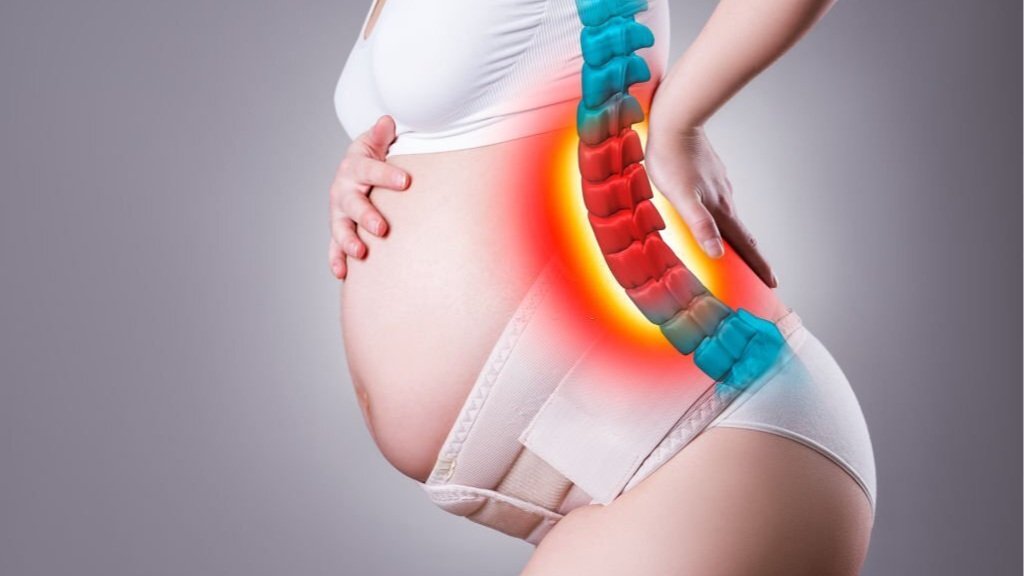Many people experience changes in their feet during pregnancy. One common concern is the worsening of bunion pain. A bunion is a bony bump that develops at the base of the big toe, typically where the joint meets the foot. While it may already exist before pregnancy, added weight, hormonal shifts, and changes in posture can make symptoms more noticeable during this time.
Pregnancy places additional stress on the musculoskeletal system, especially the feet. As weight increases, the body’s center of gravity shifts, which alters how pressure is distributed. This shift can place more force on the front of the foot, increasing discomfort in individuals with bunions. While each pregnancy experience is unique, bunion pain is a frequent complaint among those already living with this condition.
Changes Can Influence Foot Structure
One factor contributing to bunion pain during pregnancy is the hormone relaxin. This hormone helps loosen ligaments throughout the body to prepare for childbirth. However, it does not only target the pelvis—it affects all joints, including those in the feet. As ligaments soften, the arches of the feet may flatten and cause the bones to shift slightly, which can make an existing bunion more painful.
This ligament laxity can also reduce foot stability, leading to altered gait and posture. As the big toe pushes inward toward the other toes, the joint at the base of the toe sticks out further. This change often creates additional friction when wearing shoes and may lead to swelling or tenderness in the area.
Choices During Pregnancy Can Impact Symptoms
Comfortable footwear becomes more necessary during pregnancy, particularly as feet tend to swell. However, tight or narrow shoes can place extra pressure on bunions, making symptoms worse. Many people also report needing larger shoe sizes by the third trimester due to both swelling and permanent foot changes.
Supportive shoes with adequate room in the toe box can help reduce friction and accommodate changes in foot size and shape. Although sandals or slip-ons might seem more convenient, they often lack the structure needed to support the arch or control excessive movement. Over time, lack of support can increase pressure on the bunion and surrounding joints.
Strategies for Managing Bunion Discomfort While Pregnant
Although surgical treatment for bunions is rarely recommended during pregnancy, several noninvasive strategies may help reduce pain. Icing the area for brief periods throughout the day may ease swelling and soreness. Stretching the feet and calves can also help improve alignment and comfort, particularly after long periods of standing.
Orthotics—custom or over-the-counter shoe inserts—can be used to provide better arch support and redistribute pressure across the foot. In some cases, a toe spacer or soft splint may reduce discomfort by preventing the big toe from overlapping others. Consulting with a podiatrist may be helpful if symptoms become difficult to manage through these methods.
Timelines To Follow Up After Delivery
For many individuals, bunion pain lessens in the months following childbirth. As hormone levels return to baseline and weight stabilizes, foot mechanics may also improve. However, some changes to foot structure may persist long-term, particularly if bunions were present before pregnancy. After delivery, it’s a good idea to follow up with a foot specialist if bunion pain continues or becomes more disruptive. Providers can evaluate whether the joint has become more pronounced and discuss treatment options based on lifestyle and symptoms. Conservative treatments are often effective, though surgical correction may be explored when noninvasive strategies no longer provide relief.
Support Foot Health During and After Pregnancy
Taking care of your feet during pregnancy involves more than comfort—it helps support daily movement and overall well-being. Paying attention to footwear, monitoring changes in symptoms, and speaking with a provider when needed can make a difference in how bunion pain is managed throughout this time. While some discomfort may be unavoidable, timely action often prevents it from escalating into a larger concern.

